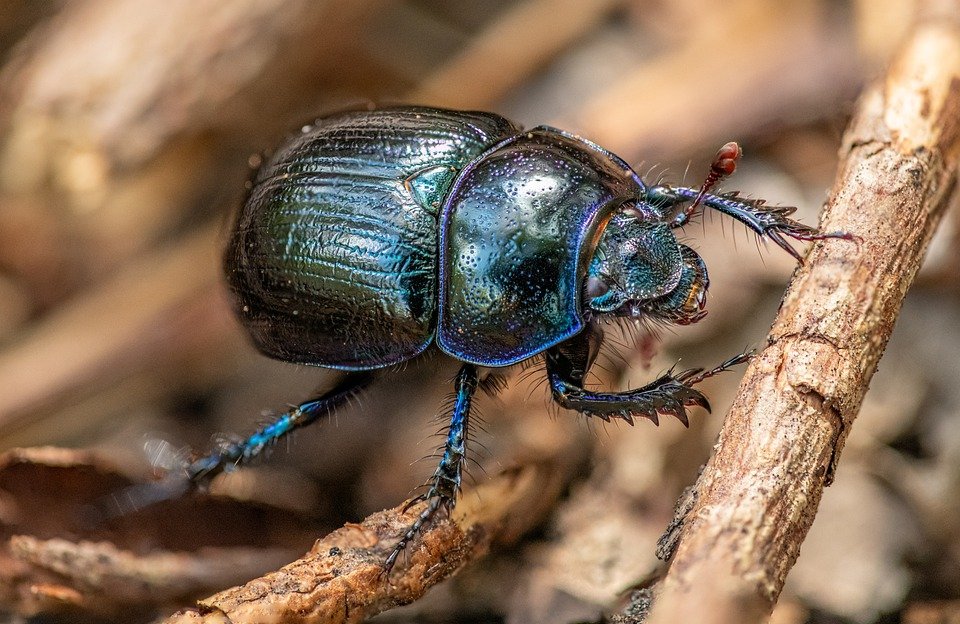Researchers have found that beetles naturally lubricate their knees with a strange substance that prevents them from wearing away. Scientists found that this lubricant works better than even Teflon. They foresee that this wax-like material could be used in microrobotics and small prosthetics.
For natural movement, two stiff biological components come into contact with each other. To avoid eroding of both the surfaces due to friction, some means of lubrication are required.
In mammals, joints are inside the body and are bathed in lubricating material. However, the exoskeleton in insects leaves their joints open to the air. So to get clarity, how insects kept their joints from eroding, researchers did this research.
The team examined the leg joints of darkling beetles under a scanning electron microscope. They discovered pores in the ends of the leg parts that met each other during movement. They found that these pores excrete a lubricating substance.
Researchers collected some of the material and they found that it was made mostly of fatty acids and proteins. They tested its friction-reducing ability by placing it between two small pieces of glass. So, they found that this material is a better lubricant than vacuum grease and even Teflon.
The researchers wrote, “In this regard, this research may be of particular interest for robotics and MEMS technology, and especially for prosthetics, in order to develop a new generation of completely bio-organic lubricants with friction-reducing properties similar to PTFE (Teflon),”







